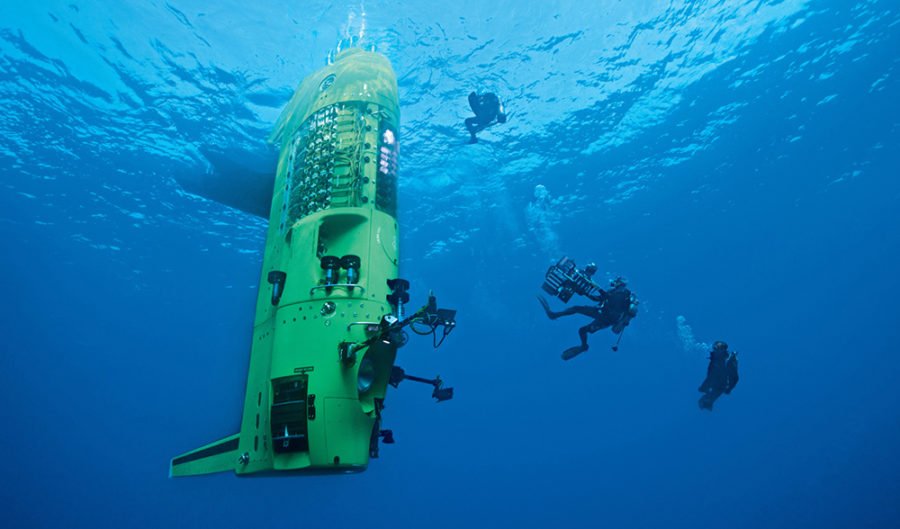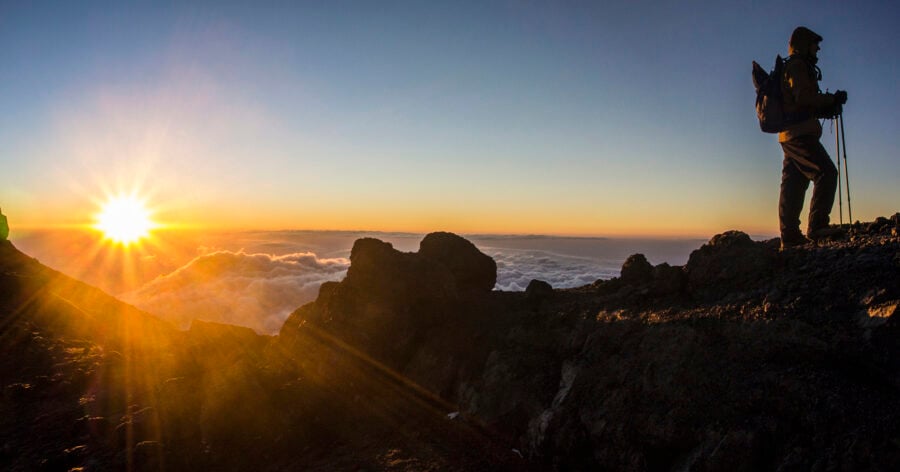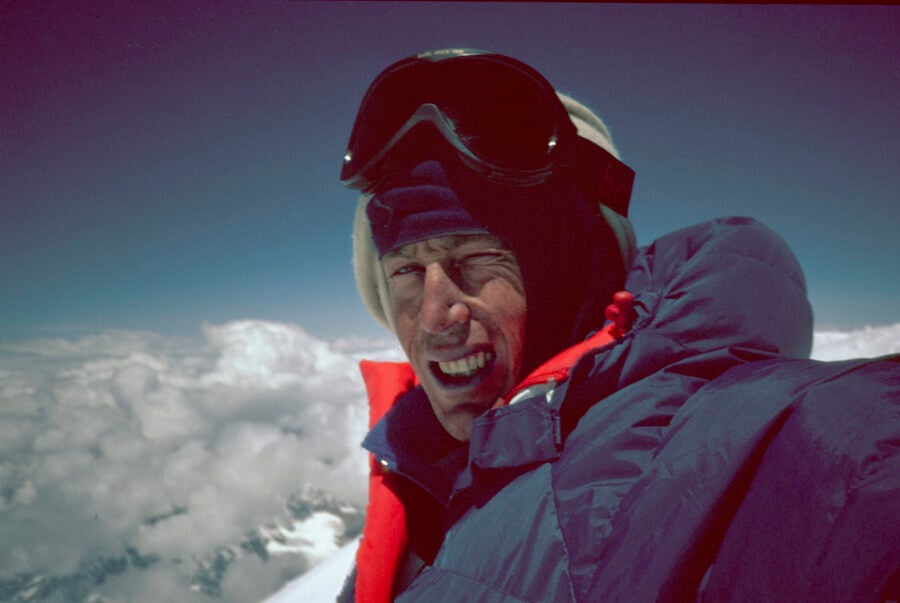James Cameron: the world’s deepest dive

ADVENTURER AND FILMMAKER James Cameron has been fascinated with the ocean from a young age – he was inspired by the Trieste expedition to the Mariana Trench in 1960, and has been scuba diving since he was 16. His films have often intertwined his two loves, filmmaking and ocean exploration.
He admits that he made the Titanic film so he could go and explore the real thing. Indeed, he led three expeditions to the sunken vessel, which included co-designing robotic vehicles to explore inside the wreck.
In this new film, DEEPSEA CHALLENGE 3D (see trailer below), which operns nationally 21 August, you see James Cameron the explorer, and his largely Australian project team, work their way towards the deepest manned dive ever – an incredible feat. Australians Andrew Wight (who died during the project) and Ray Quint wrote and directed the film, along with a host of other Australians on the technical team, including Ron Allum, who was chief engineer of the Deepsea Challenger sub.
From your comfy chair, you’re taken along for the ride, getting a sense of the hard work, the frustrations and the successes. You’re also drawn into the wonder of the deep ocean – a place where only three peopls have ever gone before – and James’ enthusiasm for it rubs off. His boyhood fascination doesn’t seem to have dwindled.
Unlike TV documentaries, this one is less a focus on the science and technology, and more on the man and the mission. But the 3D aspect gives you added perspective, making you feel part of the project as the film rolls along.
James Cameron Q&A
James Cameron and co-director Ray Quint spoke to Australian Geographic about the project and the film.
How do you prepare for something no one has ever done before?
James Cameron: Well, you start with the premise. Is it wise for us? Can we do it? Can we (the engineering team) build it? Is it possible? What would it take? How much money? How much R&D? And so on. First of all we had to be confident that we could accomplish it. Or we’d just be throwing away millions of dollars, for nothing. From the moment I wrote the first cheque, I had to be pretty willing get the sub; otherwise it would all be stupid.
But the truth is, it’s not just being willing, but it’s wanting to. To me, that’s the driver. It’s to go and look with my own eyes. That’s the just coolest thing I can imagine.
How do you prepare? You prepare mentally during the building of the sub, by trying to imagine everything that can go wrong and mitigate against it through good engineering, backup systems, safety systems, good training, good operational practices. But at a certain moment, you’re going to go on a dive, and I’m going to dive to a depth where no other vehicle on the planet can reach me. I’ve got to be squared away in my mind what that task consists of.
And the physical preparation is pretty straight forward – it’s pretty cramped. So it’s doing a lot of cardiovascular training, and some yoga. The mental preparation is pre-visualisation of the dive in the same way you would as a breath-hold diver, which I also do.
Personally, I write out the dive plan, in the same way that NASA would prepare a mission plan, with very precise timing. And that’s issued to all the other team members, so they would know what to expect at each depth. Sometimes the communication can be quite spotty.
In the documentary, you seem incredibly calm, especially on one of the practice dives where some major systems are failing. How do keep your cool?
JC: I call it the duck principal – everything is calm at the surface of the water, but underneath he’s paddling like hell. So my brain was going crazy processing all the ramifications of this and what it could be and how dangerous it was and whether I should proceed or abort the dive. And aborting the dive has some dangers to it if the surface guys aren’t ready. It’s possible to smash into the bottom of the support ship.
Ray Quint: You see it in the movie – the Mariana Trench dive, it’s the first time Jim gets through the dive plan. And then has a moment to contemplate the broader issues.
JC: I still had 3000m to go.
RQ:I went through hours and hours of footage trying to find Jim not being calm and him exhibiting a little sign of panic, even momentarily; but he was very, very calm under fire.
JC: I’m not saying that my heart’s not beating faster on the inside. I know as a scuba diver that panic can kill you. And having a clear head and processing the problem is the best way, the likeliest good outcome. That, and training. We built a simulator. The simulator went in a freezer so that we could exactly simulate the feeling of the dive, when it starts to get really cold inside and the condensation starts to drip on you and your feet are freezing, your head is freezing.
A lot of Australians were part of the project. What do they bring to the table?
JC: We made most of the sub in Sydney [the lower pod part made in California], largely because Ron Allum, who was the chief engineer, didn’t want to disrupt his daughters’ school and soccer activities.
I left it to Ronny to recruit the team. And that turned out to be a blessing in disguise, because when you get people from institutions, they will have THE way it’s always been done and they will beat you over the head with that. And I felt that people coming into from outside fields, but with very good pedigrees of mechanical engineering, hydrodynamics, electronics, that sort of thing, would think outside the box. And to solve the kind of problem that we had – to go to a place where no other vehicle even existed to go before – why would we want to talk to those guys? They hadn’t been able to crack the problem. We put together a team of mavericks to solve the problem and they were thinking outside the box.
At the start of film, you said that the dream as a kid was to do deep sea challenges – what made you go into film?
JC: I don’t think a person is defined by one thing. The confusion that I had when I was going in to college was… do I want to be in the arts, do I want to be in the sciences? I was studying physics and astronomy, and I switched to an English major because I wanted to tell stories. The beauty of it is that film making converges art and technology and storytelling all in one discipline. I eventually went full-circle back to my love of science and exploration when I could.




